-
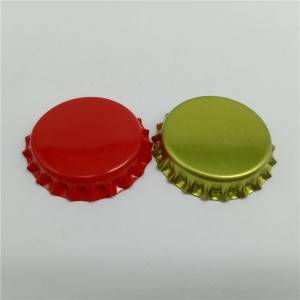
OEM price beer crown caps 27mm with environment protection PE liner
Although the beer bottle cap is only a very humble small lid, but it plays a very important role, with such functions as preservation, sealing, so, do you know how the beer bottle cap is produced?
The beer bottle cap is produced by the capping machine, which is composed of bottle turntable, capping head, capping slide, height adjustment device, hopper, blanking trough and so on. Beer bottle cap production process: cap feeding – positioning – cap pressing – reset .
The cap defines not only the diameter of the bottle neck, but also the shape of the edge of the cap and the material it is made of. The cap is required to be well sealed, which means more pleats; The cap also needs to be strong, which means there shouldn’t be too many pleats to ensure that each pleat has a larger surface area. However, the rusting problem in the production process of beer bottle cap is a big problem that troubles manufacturers. It can be done to prevent beer bottle cap rusting :
- Control the quality of bottle cap material plate
- In the beer production process to reduce the damage to the bottle cap rust layer.The punching cross section without anti-rust layer is caused by the limitations of the current inner cap processing technology, which is not a good solution for beer manufacturers.But according to customer requirements, in the plate after punching the cross section coated with rust layer, and then stamping forming
- In production, if the length exceeds the specified value, it is necessary to check the inner surface of the steel bowl. The surface of steel bowl can be used again after grinding.
Finally, we can collect the LIDS when we finish drinking the beer,
then turn them into a handmade craft!
-
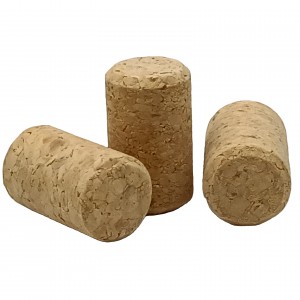
High Quality Corks Customized Logo Factory Price For Wine Whisky Vodka Rum Glass Bottle
The Cork, or cork, is a soft, elastic wood with many holes in it that make it softer when soaked in water. Seventy percent of the cork is made into a wine stopper. This kind of wood is made after cutting the cork(https://www.ythongning.com/nature-cork-2-product/), again through the machine will the stopper compaction and into the bottle, and advantage of the characteristics of the elastic expansion to return to original state, thus tightly sealed the bottleneck, so as to protect the wine in the bottle does not damage of leakage. The cork has many tiny holes in the inside, which allow the wine inside to breathe and develop (very little air enters, and the wine ripeness is through the gap between the cork and the bottle, not through the inside of the cork), thus making the wine the best.
How do so many corks continue to be produced?
Cork grows in countries with Mediterranean climates, such as Spain, Portugal, Morocco, Italy, Tunisia, France, etc. It doesn’t need irrigation, it doesn’t need pruning, it doesn’t need extra fertilizer. Portugal is the largest cork producer, and cork harvesting is regulated by the government. You can’t harvest it until it’s 25 years old, but when you first harvest it’s not very good, so you can only use it to make soles and stuff, not stoppers. When the tree is 42 years old, it can be harvested as a stopper, harvested every nine years and still alive for another 170 years or more. The harvest is done by skilled workers with good wages who use small axes to slowly chip away at the bark of the tree, which does little damage to the tree.
Eventually corks began to be graded according to quality, generally based on the number of holes. White corks are usually highly valued, although some vintners prefer a darker or natural color. Women usually use a quick thinking eye to pick out the best and most attractive of the seven levels of cork. In recent years, more than three classification standards have been added, in which the vast majority of manufacturing processes are done by machines. The human eye is the key to quality, and it is this grade of cork that ends up in the container for bottling.
-
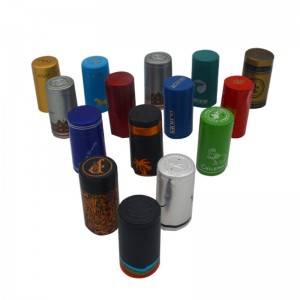
Aluminum-plastic Capsule
Due to the strong adsorption of PVC production caps, hats must be worn to prevent hair loss when entering the production workshop. The raw material for the production of capsule is PVC coil, which is divided into white, gray, transparent, matte and other different specifications. At present, most of this material is imported, compared with the expensive materials imported from Germany.But the raw material is smooth, in the production process is not easy to wrinkle, the temperature requirements are relatively high. Materials imported from Taiwan are cheaper, but tend to wrinkle during production. Although this kind of pvc material is also produced in China, but the quality is low, and it is not used much now.
-
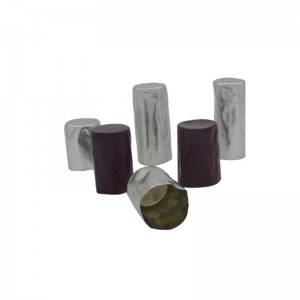
PVC Capsules
Wine before opening the bottle, the first thing is to open the capsule, everyone is generally interested in wine wine and wine bottle, but they ignore the knowledge of wine glue cap, today I will introduce some of these ignored knowledge.
What does a wine capsule do?
1. Protect the cork
Although the new world has already started the screw plug trend, it has to be admitted that corks still make up a large proportion of wine bottle stoppers.
Corked wine will inevitably produce a certain gap, over time, wine is easy to oxidize. With the protection of a wine cap, the cork does not have to come into direct contact with the air, which also protects the cork from cork contamination.
-
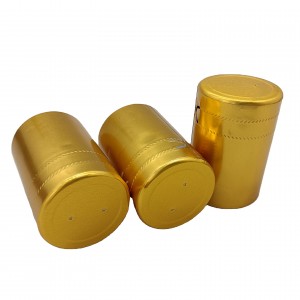
PVC /TIN Capsule
What does a wine capsule do?
1. Protect the cork
Although the new world has already started the screw plug trend, it has to be admitted that corks still make up a large proportion of wine bottle stoppers.
Corked wine will inevitably produce a certain gap, over time, wine is easy to oxidize. With the protection of a wine cap, the cork does not have to come into direct contact with the air, which also protects the cork from cork contamination.
2. Make the wine more beautiful
In addition to protecting corks, most wine caps are made for the level of appearance. They don’t really serve a purpose, just to make the wine look better.
A bottle of wine without a cap looks like it has no clothes on, and the bare cork sticking out is very strange. Even screw corked wines like to wear a part of the cap under the cork to make the wine look more beautiful.
However, we do sometimes see wines without caps. These wines, either complex and structured, require oxygen to age slowly through the cork; Or do innovative new world wine in the bottle appearance, clear bottle, simple and fresh label, with a clean cork, also have a different flavor.
-
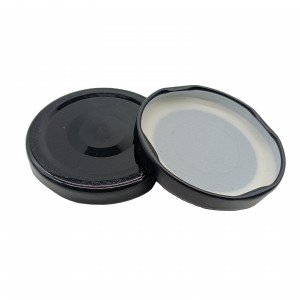
High quality twist off caps for honey glass jar with factory price jam glass bottle
Regarding twist off caps, we can provide high twist off caps and short twist off caps and so on . According to the requirements of different customers, we can provide twist off caps with different designs, different sizes, and different raw materials. Twist off caps are usually used on glass bottles such as honey glass bottles, jam glass bottles, etc.Our one-stop shopping saves customers not only time but also money.
-
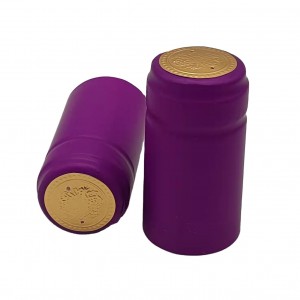
Different color and size capsule used for wine glass bottle with high quality capsules
Regarding capsules, we can provide aluminum capsule、aluminum plastic capsule、PVC capsule、tin capsule and so on . According to the requirements of different customers, we can provide capsules with different designs, different sizes, and different raw materials. Capsules are usually used on glass bottles such as wine bottles, olive oil bottles, champagne bottles, etc.Our one-stop shopping saves customers not only time but also money.
-
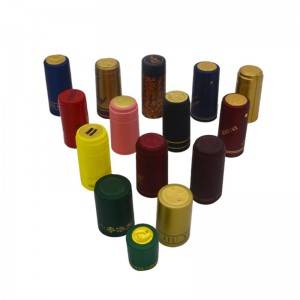
PVC Capsule
Name PVC Capsule Material plastic Decoration Top: hot stamping , embossing Side: up to 9 colors printing Packaging standard export paper carton Feature Printing glossy , hot stamping etc Delivery time Within 2 weeks – 4 weeks after receiving deposit money. MOQ 100000 pieces Sample Offer yes, while placing order, we will return to customer sample cost Sample arrangement Once confirmed, the samples will be sent within 10 days. Introduce:The PVC shrink film ... -
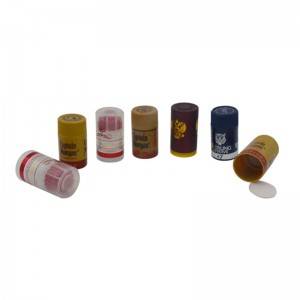
Plastic Caps
Name Plastic Caps Material PP PE ABS PC Decoration Top: lithographic printing / embossing / UV printing / hot foil / silk screen Side: four colors offset printing / embossing / hot foil / silk screen printing Size Different size Color according to customer’s requirement Sample Arrangement Once confirmed , the sameples will be sent within one week. Introduce:Plastic cover is generally based on polyolefin as a major raw material, after injection molding, hot pressin...








